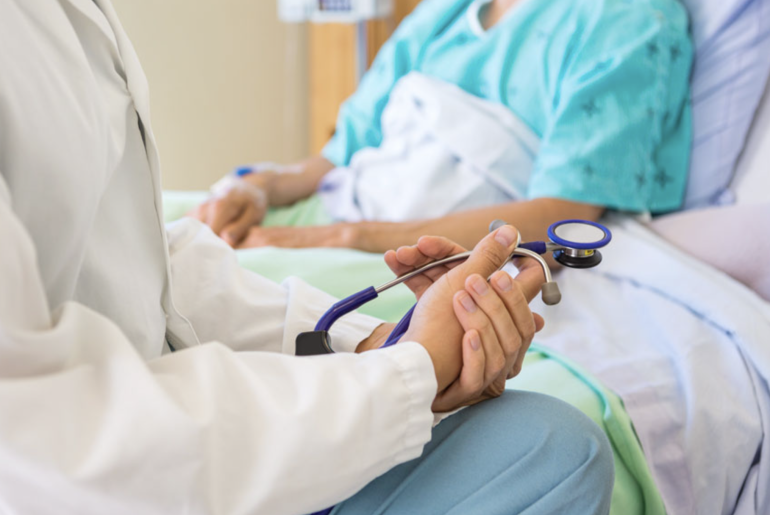Gynecological exams are one of the most common tests for teens. These exams help determine signs of sexual abuse, STDs, or other reproductive health issues. It also helps doctors detect cancerous growths and precancerous cells that might go unnoticed. Adolescent gynecology tests are usually essential, especially among sexually active teens. The necessity for these tests might vary among teenagers based on age and health status. To improve your teen daughter’s reproductive health, visit the comprehensive care clinic for an adolescent gynecology exam. This article will explain what you can expect during your adolescent gynecological exam and the tests involved.
1. Blood Test
The blood test is one of the most important tests during an adolescent gynecological exam. This test can help detect anemia, diabetes, thyroid disorders, and infections like syphilis or HIV. It involves taking a blood sample from your body and sending it to a lab for analysis. A blood test also checks your hormone levels affecting your menstrual flow. If your gynecologist notices an abnormal blood test, they might recommend further diagnosis to determine the cause and provide an effective treatment plan.
2. Pap Smear
A Pap test helps to determine if there are abnormal cells on the cervix. It is mostly recommended for women aged 21 and above. However, your gynecologist might recommend this test for younger women or teens if there is a problem with their cervix.
A pap test helps in the early detection of abnormal cells in the cervix and prevents the development of cancer later on. During the test, your gynecologist takes a sample of your cervical cells and sends them to the laboratory for analysis. Your Pap test results can determine if you have cervical cancer and also helps your doctor determine whether treatment is needed.
3. Ultrasound
Ultrasound is a diagnostic test that uses sound waves to produce cross-sectional images of tissues in your body. The test can be used to detect abnormalities of organs and tissues, as well as determine their size, shape, and function.
Your gynecologist might recommend an ultrasound to determine the health of your uterus and ovaries. It can help with common health uterus problems that affect teens, such as dysmenorrhea, endometriosis, and polycystic ovary syndrome.
4. Pelvic Exam
A pelvic exam examines the female reproductive organs, including the ovaries and uterus. This test is appropriate for women as young as 12 years old. Your gynecologist can recommend this test if you have symptoms that need treatment or problems in the reproductive system.
The pelvic exam involves checking for pain in your pelvis and external genitalia. If there are any signs of infection or other health issues, your doctor will provide a proper treatment plan to prevent further complications from arising later on.
5. Urinalysis
Urinalysis is the most common test performed during an adolescent gynecological exam. It is a test that checks for infections, pregnancy and kidney disease, and other health problems. Urinalysis is painless and simple. It involves using a small urine sample to determine the presence of vaginal bacteria or urinary tract infection (UTI).
If your urine contains bacteria, your gynecologist might recommend further tests such as vaginal wet mount, which involves inserting a cotton swab into your vaginal opening and extracting it under direct vision. It helps look for abnormal cells or bacteria that could indicate infection or inflammation.
These are the most common tests a gynecologist can do during an adolescent gynecological exam. They are not very complicated, but it is important to know what they entail to get you well-prepared before your gynecological appointment.
Wear comfortable clothing during your appointment to allow your gynecologist to perform the tests easily. Also, do not hesitate to tell your doctor if you are uncomfortable during or before treatment. In addition, it is important to remember that every patient is different, and you should always ask questions if anything seems unusual or concerning.

